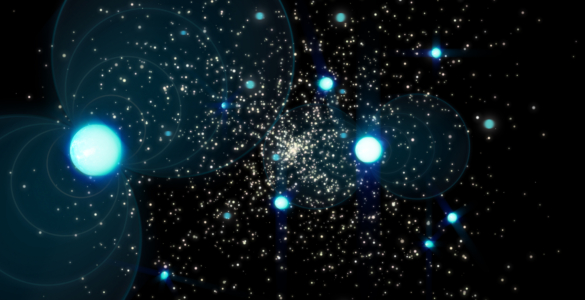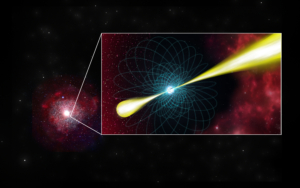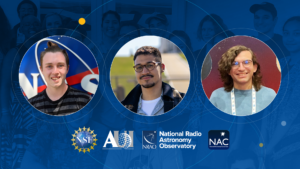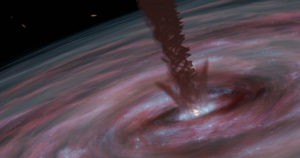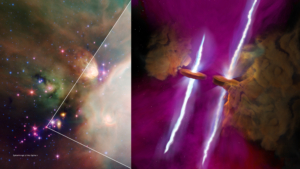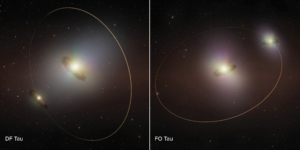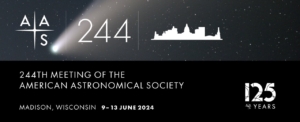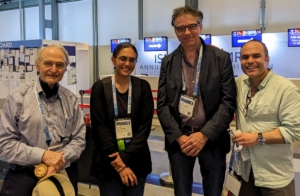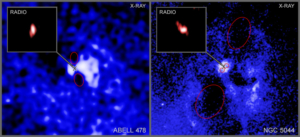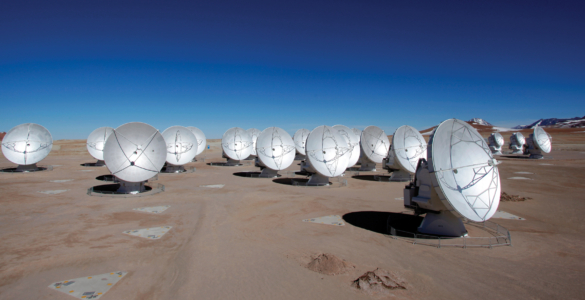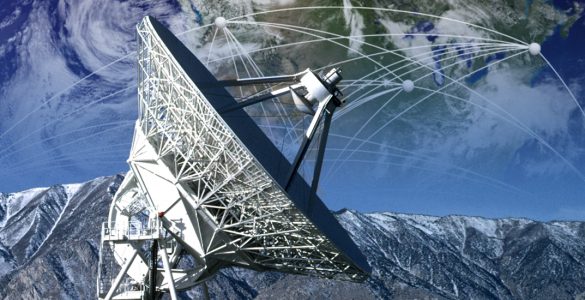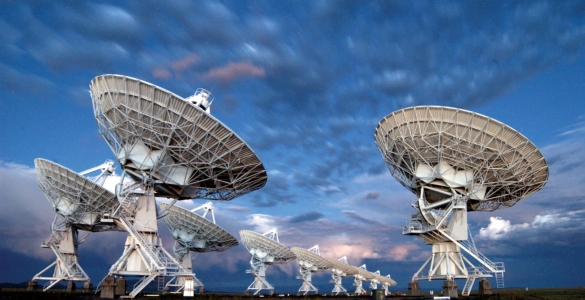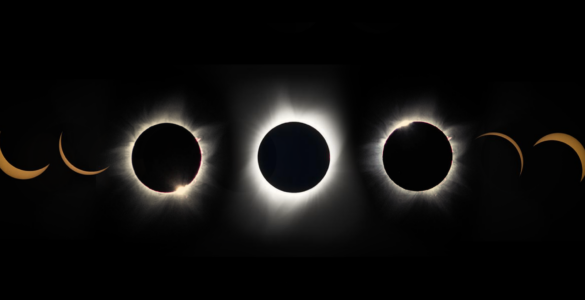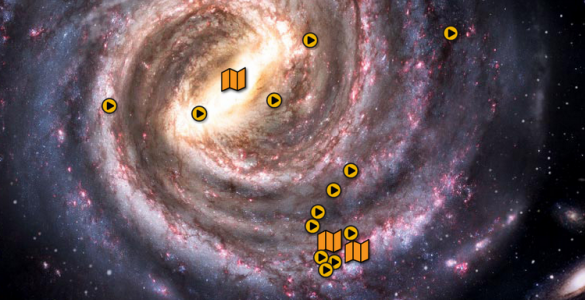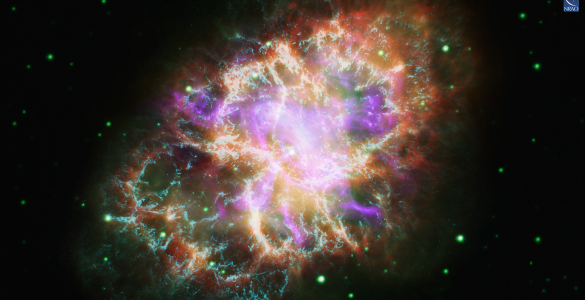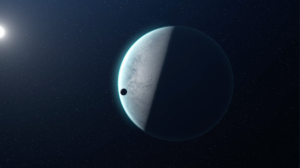
Transit Method When a planet passes directly between a star and its observer, it dims the star’s light by…

SuperKnova is a project to provide learning opportunities in radio technology for students in a way that is inclusive…
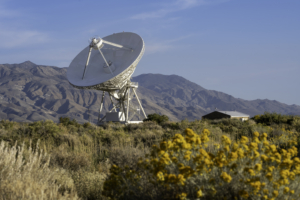
Three million years ago the fault regions of the Sierra Nevada and White Mountains began their thunderous rise. Their…
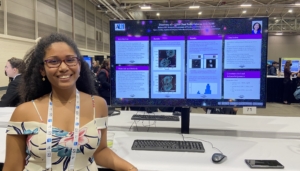
University of the West Indies student Brianna Sampson finds than more than a thousand Giant Radio Galaxies could be hidden in the data of a radio sky survey.
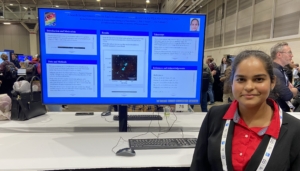
University of the West Indies student Kavita Gosine Bissessar hunts for asymmetrical DRAGNs in the VLA Sky Survey.
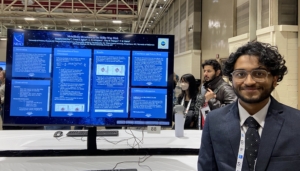
University of Arizona student Swapnaneel Dey looks at the metallicity of interstellar clouds in our galaxy.
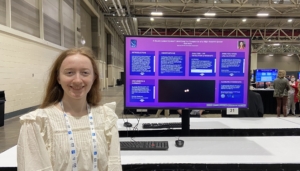
When a distant quasar was found to have two sources, University of Washington student Anaïs Martin wanted to find out why.
#RADIOIMAGEOFTHEWEEK
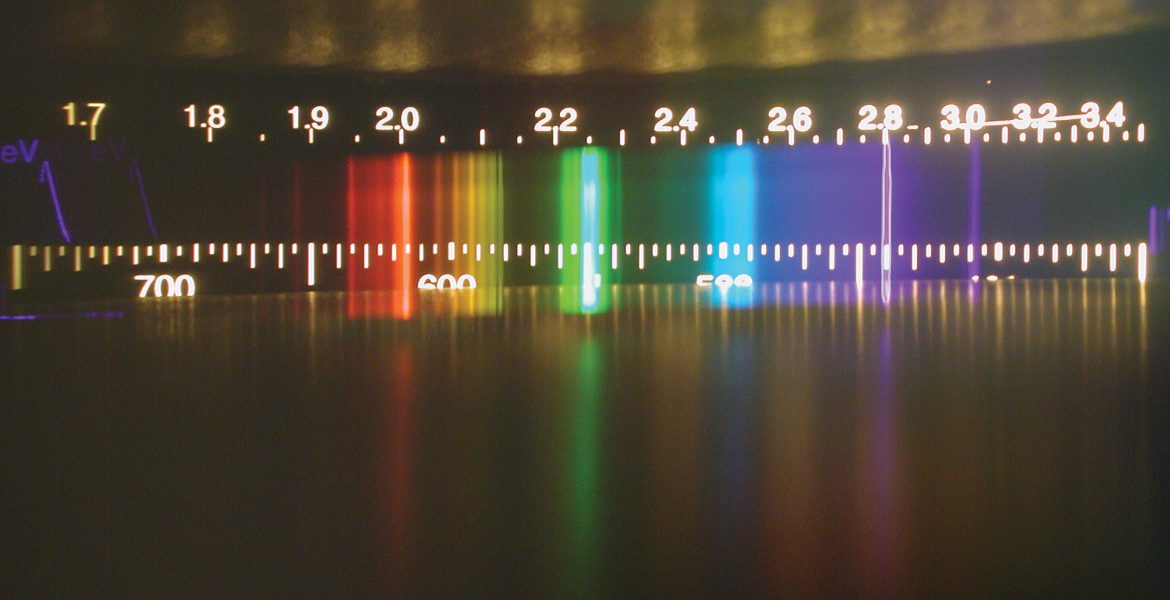
What are Emission Lines?
Inside a spectrometer, a beam of white light (typical incandescent light bulb, sunlight, etc.) is broken into its actual wavelengths, what we call colors. Radio waves, if we could see them like this, would glow way off the chart to the left. Infrared light would be glowing next to the red, between radio and white visible light.NRAO Making Waves
Announcements and Achievements
-
Engineers Descend upon DC for International Microwave Symposium, NRAO Will Exhibit, Scientist to Receive Pioneer Award
NRAO and the Central Development Laboratory (CDL) will showcase the latest developments in radio instrumentation technology at the 2024 International Microwave Symposium, where NRAO scientist Marian Pospieszalski will be awarded the 2024 Microwave Pioneer Award.
-
NAC Alum Awarded NSF Graduate Research Fellowship
Carlos Ortiz Quintana, an alumnus of the National Astronomy Consortium (NAC) at NRAO, has been awarded a five-year fellowship…
-
AUI Announces 2024 Scholarship Recipients
Eighteen high school students receive award for academic achievement, community involvement and leadership skills Below are the recipients of…
-
2024 Jansky Fellows Awarded
As a part of its central mission to nurture and inspire the next generation of radio astronomers, the National…
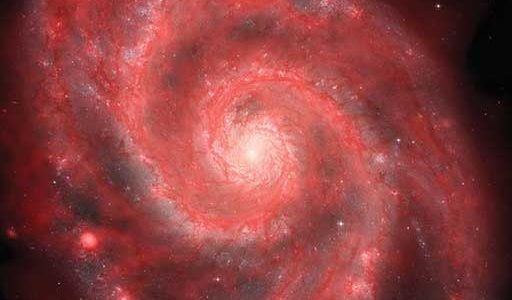
A galaxy is an island of stars floating on a plate of dark matter, or so the theory goes.


